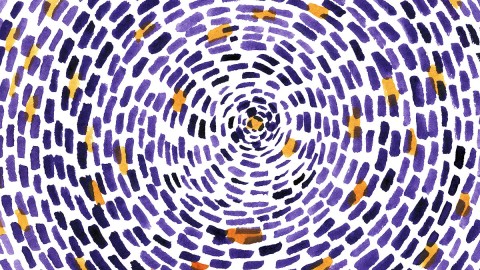Other Responses Of Fear
Triggering the response
The fight-or-flight response begins in the amygdala, which is an almond-shaped bundle of neurons that forms part of the limbic system. It plays an important role in the processing of emotions, including fear.
The amygdala is able to trigger activity in the hypothalamus, which activates the pituitary gland, which is where the nervous system meets the endocrine (hormone) system.
The pituitary gland secretes adrenocorticotropic (ACTH) hormone into the blood.
At this time, the sympathetic nervous system — a division of the nervous system responsible for the fight-or-flight response — gives the adrenal gland a nudge, encouraging it to squirt a dose of epinephrine into the bloodstream.
The body also releases cortisol in response to ACTH, which brings about the rise in blood pressure, blood sugar, and white blood cells. Circulating cortisol turns fatty acids into energy, ready for the muscles to use, should the need arise.
Catecholamine hormones, including epinephrine and norepinephrine, prepare muscles for violent action.
These hormones can also: boost activity in the heart and lungs; reduce activity in the stomach and intestines, which explains the feeling of “butterflies” in the stomach; inhibit the production of tears and salivation, explaining the dry mouth that comes with a fright; dilate the pupils; and produce tunnel vision and reduce hearing.
The hippocampus, which is a brain region that is dedicated to memory storage, helps control the fear response. Along with the prefrontal cortex, which is part of the brain involved in high-level decision-making, these centers assess the threat.
They help us understand whether our fear response is real and justified, or whether we might have overreacted somewhat.
If the hippocampus and prefrontal cortex decide that the fear response is exaggerated, they can dial it back and dampen the amygdala’s activity. This partly explains why people enjoy watching scary movies; their sensible “thinking brain” can overpower the primal parts of the brain’s automated fear response.
So, we get to experience the rush of fear before our more reasonable brain centers dampen it down.
Tags: Be In Action










